The emergence of the Rules File Backdoor attack poses a significant threat to AI code editors like GitHub Copilot and Cursor. This sophisticated supply chain vulnerability allows malicious actors to inject harmful code into AI-generated outputs, potentially impacting countless software projects.
Understanding the Rules File Backdoor Attack
Researchers at Pillar Security have identified a new attack vector known as the ‘Rules File Backdoor.’ This method enables attackers to manipulate AI code editors by embedding malicious code through a supply chain vulnerability. The attack specifically targets AI tools such as GitHub Copilot and Cursor, exploiting their reliance on rule files.
Mechanics of the Attack
The Rules File Backdoor utilizes hidden Unicode characters and advanced evasion techniques to deceive AI code assistants. By embedding these elements in rule files, attackers can bypass standard code reviews and inject undetectable malicious code into projects. This approach effectively turns trusted AI tools into unwitting accomplices in spreading compromised code.
- Hidden Unicode: Attackers use concealed characters to evade detection during code reviews.
- Evasion Techniques: Sophisticated methods are employed to manipulate AI-generated code.
The Role of Rule Files
Rule files are configuration documents that guide AI behavior in code generation. They define coding standards and project architecture, often stored in central repositories with broad access. Despite their widespread use, these files frequently bypass security scrutiny, making them an attractive target for attackers.
Exploiting Rule Files
By embedding deceptive prompts within rule files, attackers can trick AI tools into generating code with vulnerabilities or backdoors. This manipulation exploits the AI’s contextual understanding, allowing malicious code to propagate through projects undetected.
Impact and Implications
The Rules File Backdoor attack leverages contextual manipulation, Unicode obfuscation, and semantic hijacking to alter AI-generated code. Once integrated, these malicious rule files persist across project iterations, facilitating widespread supply chain attacks.
Demonstration and Disclosure
Pillar Security has published a proof-of-concept video demonstrating this attack in a real environment. The video highlights how AI-generated files can be compromised through manipulated instruction files.
Watch the Proof-of-Concept Video
Timeline of Responsible Disclosure
The following timeline outlines the responsible disclosure process with Cursor and GitHub:
- Cursor:
- February 26, 2025: Initial disclosure to Cursor
- February 27, 2025: Cursor begins investigation
- March 6, 2025: Cursor determines user responsibility
- March 7, 2025: Pillar provides detailed vulnerability information
- March 8, 2025: Cursor maintains initial position
- GitHub:
- March 12, 2025: GitHub determines user responsibility for code review
- March 12, 2025: Initial disclosure to GitHub

